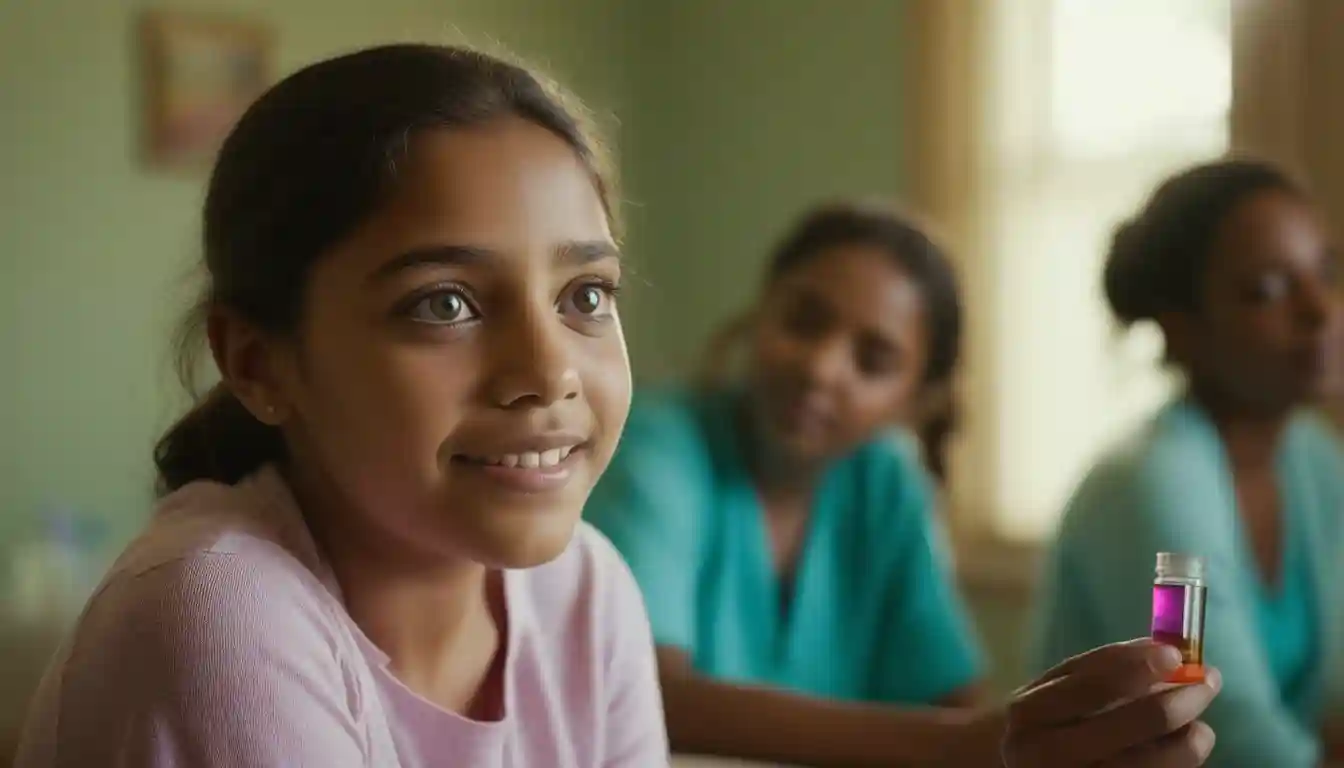FDA Backs New Drug for Rare Eye Disease, Offering Hope for First Broad Treatment
A Fort Worth biotech firm may have found a way to slow blindness, potentially changing how doctors fight retinal degeneration.
A small Texas biotech just got a big boost. Nacuity Pharmaceuticals, based in Fort Worth, won the FDA’s coveted Breakthrough Therapy Designation for its experimental pill, NPI-001. This milestone could speed up development of what might become the first broadly effective treatment for retinitis pigmentosa, a rare inherited eye disease that robs people of their sight. Around 100,000 Americans live with the condition, and for most, there’s no cure—just a slow decline into blindness.
The FDA granted the designation on October 2 after reviewing early trial data. Results suggest NPI-001 can dramatically slow the death of photoreceptor cells, the light-sensing neurons in the eye that gradually vanish in patients with retinitis pigmentosa. When those cells die, vision fades—often permanently.

A New Way of Tackling Blindness
Doctors have struggled with this disease for decades because it’s so genetically complex. More than 100 different mutations can trigger it. In 2017, the FDA approved Luxturna, the first gene therapy for a form of retinitis pigmentosa, but it works on just one mutation. That covers about 2% of patients. For everyone else, the toolkit is thin: vitamin A supplements, magnifiers, and routine check-ups as vision worsens.
NPI-001 takes a different path. Instead of targeting the specific gene defect, it focuses on oxidative stress, a destructive process that shows up in nearly every form of the disease. When photoreceptor cells falter, they churn out toxic molecules called reactive oxygen species. Those compounds accelerate cell death in a vicious cycle.
The drug is a tweaked version of N-acetylcysteine, a well-known antioxidant. By modifying the chemistry, scientists created N-acetylcysteine amide, which penetrates cells more efficiently and reaches the retina in higher concentrations.
Early data are encouraging. In an Australian study released September 11, patients with Usher syndrome—a condition that includes both hearing and vision loss—took 500 mg of NPI-001 daily. Over two years, their photoreceptor decline slowed by half. The benefit showed up as early as six months and persisted through the study, with no serious side effects.
Why FDA’s Breakthrough Tag Matters
Breakthrough Therapy Designation isn’t just a label—it’s a signal. The FDA reserves it for treatments that show early signs of being much better than what’s currently available. Only a small fraction of drugs get this nod, and it means regulators will work more closely with the company, potentially shaving years off the approval process.
Nacuity already had Fast Track and Orphan Drug status. This new designation stacks on top, giving the company a clearer path forward.
The timing also matters. Ophthalmology has seen exciting gene and cell therapies emerge in recent years, but most are limited to niche groups of patients and require invasive eye surgery. By contrast, NPI-001 is just a pill. If it holds up in larger trials, it could serve as a foundational therapy for many, possibly used before or alongside more complex interventions.
The Competition Heats Up
Nacuity isn’t the only player in the race. Other biotech firms are testing different approaches:
- Nanoscope Therapeutics is developing an optogenetic therapy that uses light-sensitive proteins.
- jCyte is working with stem-cell based treatments.
- Ocugen has a gene-agnostic therapy that requires surgical delivery.
All show promise but come with trade-offs: invasive procedures, high costs, and limited patient eligibility. Analysts believe NPI-001 could complement rather than compete with these therapies. For example, doctors might prescribe the pill early to protect vision, then turn to gene or cell therapy later if needed.
There’s also a twist. The drug’s parent compound, generic N-acetylcysteine, is already available and has shown mild benefits in some studies. Nacuity’s challenge will be proving that its version works significantly better.
The Market Puzzle
The potential market is large for a rare disease. About 100,000 people in the U.S. and 250,000 across Europe and Japan live with retinitis pigmentosa. Globally, it’s closer to 1.5 million.
Analysts estimate the drug could reach 10,000–20,000 patients within three years of approval if it’s approved broadly. Orphan drugs in rare diseases usually cost between $30,000 and $60,000 a year. At an average of $40,000, NPI-001 could generate nearly $1 billion in peak annual U.S. sales, with more revenue overseas.
If regulators restrict approval initially to Usher syndrome, the market shrinks dramatically—to about 8,000 patients—cutting projected revenue to a fraction of that until the label expands.
Insurance coverage will play a big role. Health plans have become more cautious with expensive rare-disease drugs, often requiring extra steps like genetic confirmation or specialist approval. Still, a pill costing $40,000 per year looks far easier for insurers to absorb than a one-time $600,000 gene therapy.
The Investor Angle
For investors, the FDA’s decision reduces regulatory uncertainty but doesn’t eliminate risk. The biggest hurdle remains the pivotal trials. Regulators may require not just structural preservation of cells but proof of functional vision benefits. That’s notoriously difficult to measure because patient performance in vision tests varies widely.
Still, the potential payoff is huge. Large pharmaceutical companies have a history of snapping up late-stage eye disease programs, often paying multiples of projected sales. Nacuity, still private and focused on a single drug, could become an attractive target if data continue to impress.
The road ahead isn’t smooth. Trial design questions, variability in imaging tests, and competition from both rival therapies and cheap generics all loom large. Yet for patients facing inevitable blindness, even incremental progress feels monumental.
If all goes well, NPI-001 could reach the market within four to six years. For those living with retinitis pigmentosa, that’s not just another drug. It’s hope in pill form—and maybe the first real shot at holding on to sight.
NOT INVESTMENT ADVICE
